Why Rearward Facing For Longer
By Andy Beaumont – ACRI Lead Engineer
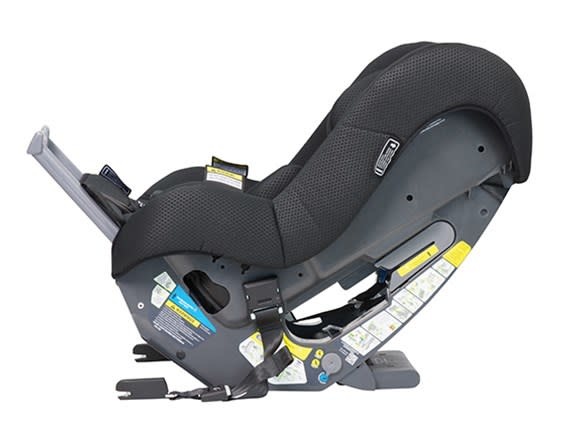
It is a proven fact that rearward facing restraints support a child’s head and neck better than forward facing restraints in severe frontal crashes. Toddler’s heads are disproportionately larger and heavier, and their necks are weaker, so when they ride forward-facing there is a greater risk of serious upper spinal injuries.
In Australia, the legal ruling is that you can move a child into a forward-facing seat from 6 months onwards, provided they have reached the minimum height markers of the seat used. However,
“Why would you?”
when the risk of injury or even death is greatly increased. The argument for rear facing for longer, is based on real world facts that children are up to at least 5 times more at risk of injury in a crash by being moved forward facing too early. This argument varies widely between countries and even between so called experts. The extremes around the globe vary between countries from those that have no requirements for car seats to that of Sweden where it is mandatory for children to be rear facing until they are at least 4 years old. The rest of European standard products are typically approved up to 15 months rear facing and the US is currently only 9 months rear facing. The Swedish approach to child car seat safety is not a secret and results in the best survival rates on the planet for children in cars for over 40 years now. In addition to this, the incidence of serious neck injuries is also remarkably low in Sweden compared to the rest of the world. The one drawback is that these child seats are generally big, bulky and awkward to install, and take up a lot of space.
Since 2013, the Australian standard allows children to be kept rear facing until 30 months and this goes a long way to making them much safer products compared to a majority of European and American child car seats, but it is only an optional requirement – not a mandatory one. The law actually permits a child to be forward facing from 6 months onward and this is the one area where a restraint fitters’ advice could save a child’s life, simply by educating the parent into realising the dangers of moving forward facing too early.
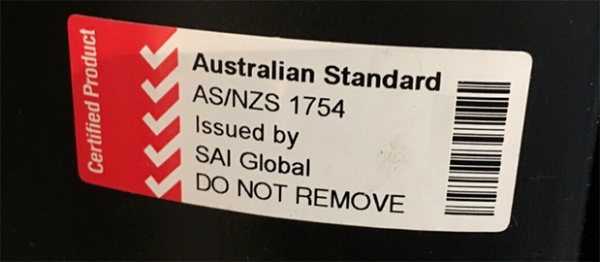
Manufacturers in Australia all pretty much state that children should be kept rear facing until at least 12 months. In most accidents, this will reduce the risk of serious neck injuries but only to certain levels. Increasing the speed of impact and how hard the object you hit is, greatly increases the injury risk.
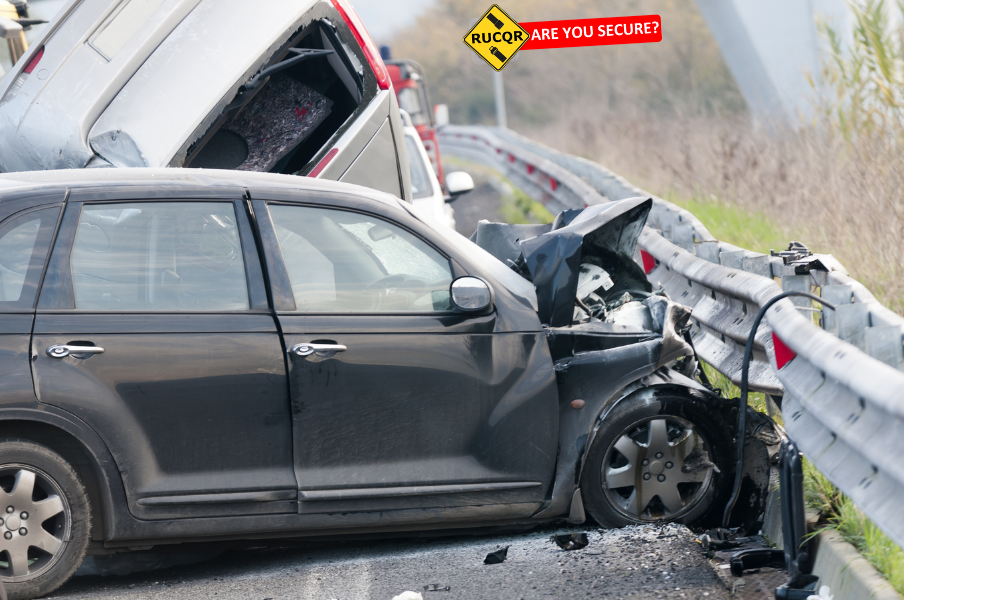
For an obvious example, if you hit a tree at 50kph the risk of injury is much greater than if you rear end another car at 30kph. None of us know if or when we are going to have an accident or what the conditions are likely to be – All we can do is aim to give our kids the best chance possible, so using the best safety products around and a car seat that goes up to 30 months rear facing will help you achieve this.
The next most important aspect is using the car seats correctly, and misuse can be one of the biggest factors in increasing the risk of injury. Probably the most important job of any child restraint fitter after installing their car seat, is to explain to the parent how to use the seat correctly in the future. Don’t just hand them the user guide and say “here you go, if in doubt check this”. Let them know that if they are unsure, they can contact you for more advice. Even provide a service, giving guidance on the best type of seats they should buy will help, such as pointing out seats with easy adjust headrests and harness adjustment systems being much easier to use than the older style seats where the parent has to dismantle the harness to change shoulder heights. All this adds to the complexity (or simplicity) of using a child restraint and reducing the risks of misuse.
Because kids become more active and curious as they get older and sitting in a car seat looking at the headrest isn’t the most interesting thing to do. Boredom levels can be high, so do something that will keep their interest. Car safe toys help, but only for so long. One of the best bits of advice I’ve heard, is to use a simple aftermarket entertainment system, tablet or mobile phone on the headrest facing the infant and playing their favourite programs.
Another ‘rear facing’ issue is that parents worry about their children’s legs touching the back of the car seat and that it could break their legs or hips in an accident. Studies (in USA and Europe) shows that hip and leg injuries are actually more common in forward-facing than in rear-facing. Although it looks uncomfortable to our adult eyes, it’s actually perfectly comfortable for toddlers to ride rear facing. Infants and toddlers have a significantly greater range of motion in their joints than older kids and adults because their joint spaces are more separated and have looser ligaments.
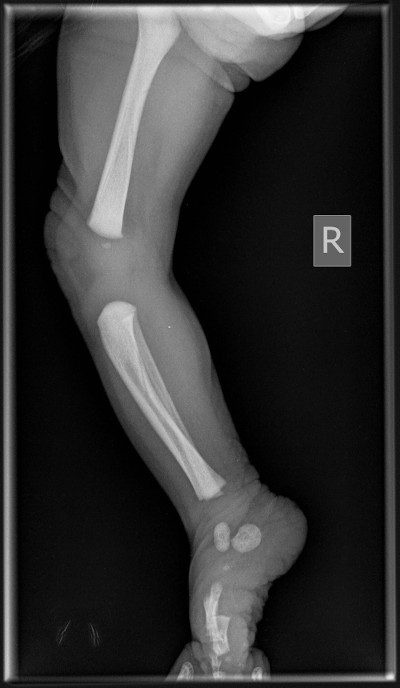
Having said all of that, one really great thing to remember about Australian standard approved car seats is that the head protection, particularly for side impact is arguably the best in the world. European and American car seats may look good and seem to have lots of features and gimmicks but much of it is just for good looks and selling points. Anyone who asks why we can’t use an overseas product in Australia needs to have these issues explained to them, and because apart from Eu and US being illegal to use here in the first place, Australian standard restraints really do provide the ultimate overall protection.
Andy Beaumont
Lead Engineer

